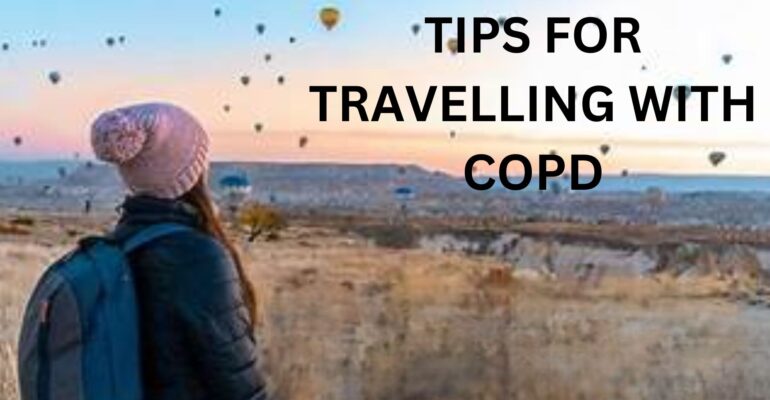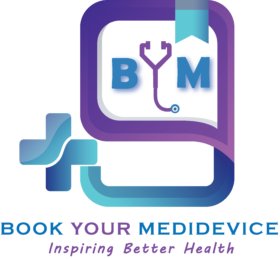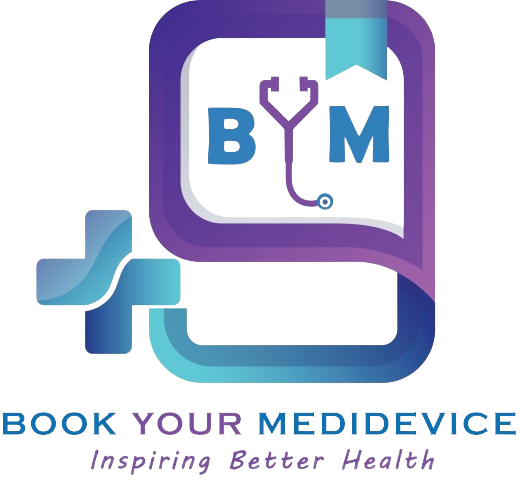Traveling with COPD: Tips for Safe and Comfortable Journeys
July 31, 2024 2024-07-31 10:26Traveling with COPD: Tips for Safe and Comfortable Journeys

Traveling with COPD: Tips for Safe and Comfortable Journeys
Travelling with Chronic Obstructive Pulmonary Disease (COPD) can present unique challenges, but with proper planning and preparation, you can enjoy a safe and comfortable journey. Here’s a comprehensive guide to help you manage your COPD while travelling.
1. Consult Your Healthcare Provider
Before embarking on any trip, it’s essential to consult your healthcare provider. They can offer personalized advice based on your specific condition, medications, and overall health. Discuss your travel plans, including your destination, mode of transportation, and any activities you plan to do. Your doctor can help you make any necessary adjustments to your treatment plan and provide you with a letter or medical documentation that may be required for travel.
2. Plan Your Route and Transportation
Choose the Right Mode of Transportation: Depending on your condition and the length of your trip, consider which mode of transportation will be most comfortable. Air travel, for instance, might be more suitable for long distances, but it requires careful planning. If traveling by car or train, ensure that you make frequent stops to stretch and rest.
Check Accessibility: Ensure that your mode of transportation is equipped to handle your needs. For example, if flying, inform the airline in advance about your COPD and any special accommodations you might need, such as wheelchair assistance or oxygen support. For road trips, plan your route with regular breaks and access to medical facilities along the way.
3. Prepare Your Medications and Medical Equipment
Carry Sufficient Medication: Pack an adequate supply of all your medications, including inhalers and pills, for the duration of your trip. It’s advisable to carry extra in case of delays or unforeseen circumstances. Keep your medications in their original packaging with clear labels, and have a copy of your prescriptions with you.
Bring Necessary Medical Equipment: If you use oxygen therapy or other medical equipment, make arrangements to bring this equipment with you. For air travel, check with your airline about their policies for carrying and using medical equipment. You may need a portable oxygen concentrator or backup batteries for long journeys.
4. Pack Smart
Create a Medical Kit: Assemble a travel medical kit that includes your medications, medical records, a copy of your prescription, and any necessary medical devices. Include items such as a thermometer, pulse oximeter, and a first aid kit.
Pack Light and Smart: Bring comfortable, loose-fitting clothing that allows for ease of movement and helps manage any potential discomfort. Layering is key, as it allows you to adjust to varying temperatures. Include any comfort items, such as a travel pillow or blanket, to make your journey more enjoyable.
5. Manage Your Health During the Trip
Monitor Your Symptoms: Pay close attention to your COPD symptoms throughout your journey. Keep a record of any changes in your condition and be prepared to seek medical help if necessary.
Stay Hydrated and Eat Well: Proper hydration and nutrition are crucial for managing COPD. Drink plenty of water and eat balanced meals to maintain your energy levels. Avoid foods that can exacerbate symptoms, such as those high in sodium or processed sugars.
Exercise and Breathing Techniques: Incorporate gentle exercises and breathing techniques to help manage your symptoms. Simple exercises, such as walking or stretching, can improve circulation and reduce discomfort. Breathing exercises can help you stay calm and manage breathlessness.
6. Be Prepared for Emergencies
Know Your Emergency Contacts: Familiarize yourself with local emergency services and medical facilities at your destination. Keep a list of emergency contacts, including your healthcare provider and local hospitals.
Carry a Medical ID: Wear a medical ID bracelet or carry a card that details your COPD diagnosis, medications, and any allergies. This can be crucial in an emergency situation where you might be unable to communicate your needs.
7. Adjust to Your Destination
Acclimate to New Environments: If traveling to a different climate or altitude, give yourself time to adjust. Sudden changes in environment can affect your breathing, so take it slow and monitor how your body responds.
Avoid Triggers: Be mindful of environmental triggers that could worsen your COPD symptoms, such as pollution, allergens, or extreme temperatures. Take precautions to minimize your exposure, such as using air purifiers or staying indoors during high pollution days.
8. Enjoy Your Trip
With careful planning and preparation, travelling with COPD can be a rewarding experience. Take time to relax and enjoy your journey, and remember that managing your condition is about making informed choices and adapting to your environment.
By following these tips, you can ensure that your trip is as comfortable and enjoyable as possible while keeping your COPD well-managed. Safe travels



